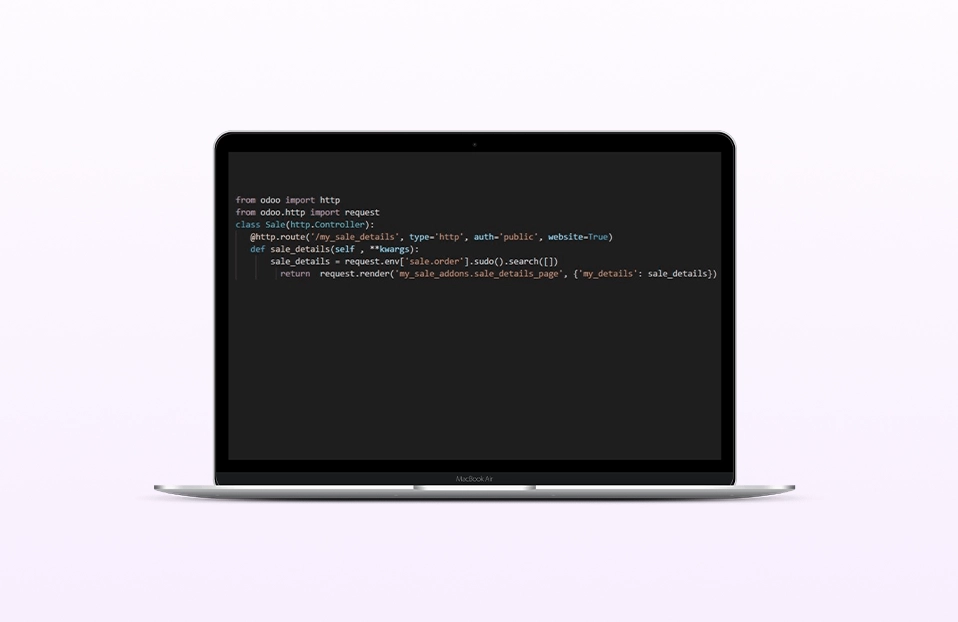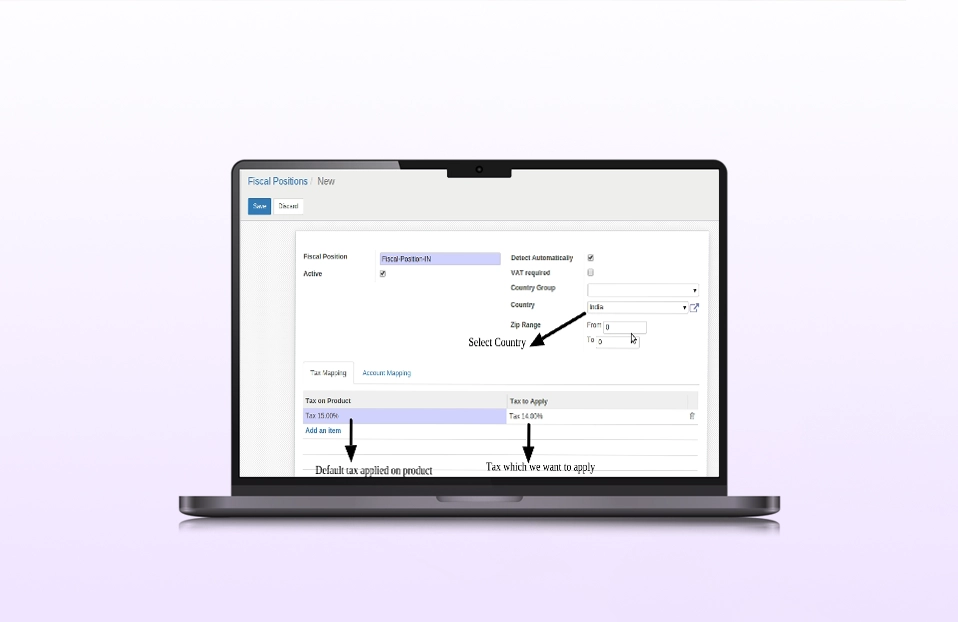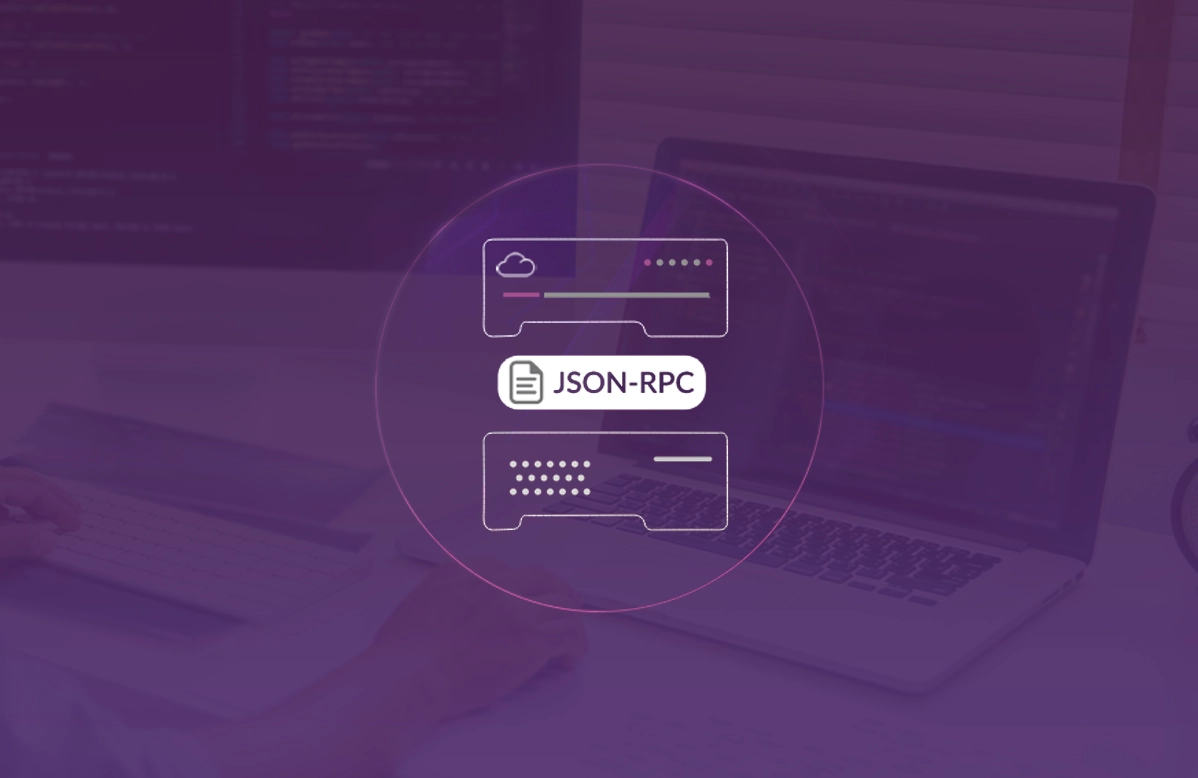Odoo exposes its API over XML-RPC. You can execute odoo API from variety of tools and languages by calling its XML-RPC based web services.
What is XML-RPC Web Service ?
Sometime you want to exchange one application information to another application over the internet. XML-RPC Web Services supports to do that.
Following diagram showing an actual XML-RPC conversation between a client (requesting the login RPC) and a listener who is returning the results of that procedure.
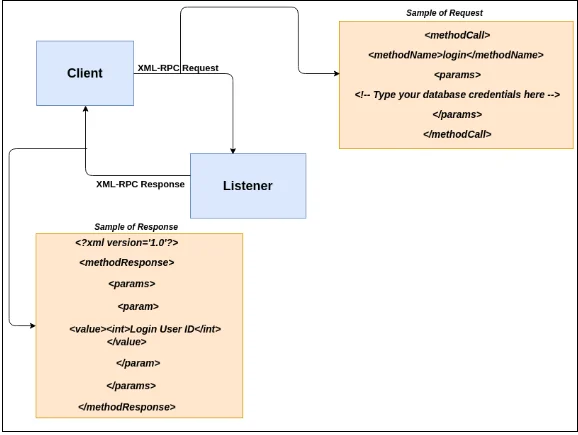
Here, I have described the steps how you can logging in your odoo database, perform CRUD operation through XML-RPC Web Services (here I am using Postman tool to make request in odoo application).
Before starting, you need to understand the basic knowledge about XML-RPC API, For that please visit https://odoorestapi.azurewebsites.net/Help
Postman Configuration
To Install Postman in your system, please visit https://learning.postman.com/docs/getting-started/basics/navigating-postman/
Go to Postman, set your application url with xmlrpc API, Header information as below.

Provide url to authenticate with odoo database : http://127.0.0.1:8069/xmlrpc/2/common
Method : Post
Your IP Address : 127.0.0.1
Port number where odoo is running : 8069
Xmlrpc/2/common: Execute the login and returns the authentication token
Header configuration :
Key : Content-Type
Value: application/xml
Database Connectivity:
Write the following request code on body and send the request to logging in your odoo database.
<methodCall>
<methodName>login</methodName> <!-- method name -->
<params>
<param>
<value><string>post_db</string></value> <!-- database name -->
</param>
<param>
<value><string>admin</string></value> <!-- username -->
</param>
<param>
<value><string>a</string></value> <!-- user’s password -->
</param>
</params>
</methodCall>
If provided authentication information for odoo database is correct, you get response as shown in below image.
Response body format
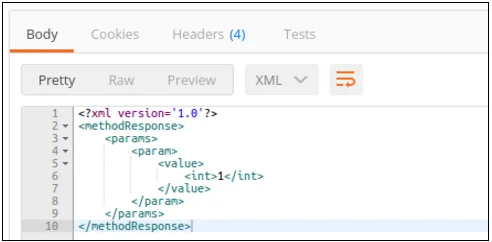
Perform CRUD Operations:
To call odoo methods you have to use Xmlrpc/2/object API.
Create Record: Record is created via the create() method.
<methodCall>
<!-- used to call methods of odoo models -->
<methodName>execute</methodName>
<params>
<param>
<!-- database name -->
<value><string>odoo_db</string></value>
</param>
<param>
<!-- user id -->
<value><int>1</int></value>
</param>
<param>
<!-- user’s password-->
<value>
<string>admin</string>
</value>
</param>
<param>
<!-- model name -->
<value>
<string>res.partner</string>
</value>
</param>
<param>
<!-- method name -->
<value>
<string>create</string>
</value>
</param>
<param>
<!-- create a struct where you identify the field name,
thefield type and the value you want to insert in it -->
<value>
<struct>
<member>
<name>name</name> <!-- field name -->
<value>
<!-- field’s type and value -->
<string>Test Customer</string>
</value>
</member>
</struct>
</value>
</param>
</params>
</methodCall>
Read Record: Record data is accessible via the read() method, which takes a list of ids.
<methodCall>
<!-- used to call methods of odoo models -->
<methodName>execute</methodName>
<params>
<param>
<!-- database name -->
<value><string>odoo_db</string></value>
</param>
<param>
<!-- user id -->
<value><int>1</int></value>
</param>
<param>
<!-- password -->
<value><string>admin</string></value>
</param>
<param>
<!-- model name -->
<value><string>res.partner</string></value>
</param>
<param>
<!-- method name -->
<value><string>read</string></value>
</param>
<param>
<!-- record id of which data you want to read -->
<value><int>46</int></value>
</param>
</params>
</methodCall>
Update Record: Records can be updated using write(), it takes a list of records to update and a mapping of updated fields to values similar to create().
<methodCall>
<!-- used to call methods of odoo models -->
<methodName>execute</methodName>
<params>
<param>
<!-- database name -->
<value><string>odoo_db</string></value>
</param>
<param>
<!-- user id -->
<value><int>1</int></value>
</param>
<param>
<!-- password -->
<value><string>admin</string></value>
</param>
<param>
<!-- model name -->
<value><string>res.partner</string></value>
</param>
<param>
<!-- method name -->
<value><string>write</string></value>
</param>
<param>
<!-- record id of which data you want to update-->
<value><int>49</int></value>
</param>
<param>
<value>
<struct>
<member>
<name>name</name> <!-- field name -->
<!-- field’s value-->
<value><string>Test Customer1</string></value>
</member>
</struct>
</value>
</param>
</params>
</methodCall>
Delete Record: Records can be deleted by providing their ids to unlink().
<methodCall>
<!-- used to call methods of odoo models -->
<methodName>execute</methodName>
<params>
<param>
<!-- database name -->
<value><string>odoo_db</string></value>
</param>
<param>
<!-- user id -->
<value><int>1</int></value>
</param>
<param>
<!-- password -->
<value><string>admin</string></value>
</param>
<param>
<!-- model name -->
<value><string>res.partner</string></value>
</param>
<param>
<!-- method name -->
<value><string>unlink</string></value>
</param>
<param>
<!-- record id of which data you want to delete -->
<value><int>46</int></value>
</param>
</params>
</methodCall>

